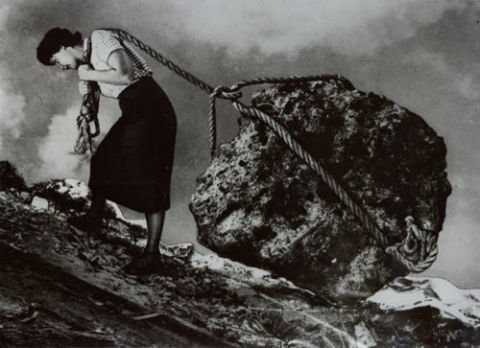
Good communication and collaboration are essential pillars of success in the professional world (and often the personal too).
Employers recognise this: researchers at Queens University of Charlotte found that up to 75 percent of employers rate teamwork and collaboration as ‘very important’ for their business.
Despite this, discussions about performance evaluation and collaboration persistently highlight a communication ‘gap’ among professionals. Women, research has found, give more credit to male teammates while talking down their own contributions – and those of other women.
Speaking different languages: how men and women talk about work
In 2013 John Gray, author of ‘Men are from Mars, Women are from Venus’ worked with Barbara Annis, a thought leader in the field of gender intelligence, to study the communications ‘blind spots’ in the workplace.
Through over 100,000 interviews with male and female executives, the authors discovered several differences in the way men and women communicate about work:
- Men like to receive individual acknowledgement. They speak in the first person, and seek recognition for individual results and achievements.
- Women prefer to be seen as team players. They’re more likely to attribute success to team efforts than take credit on their own, and prefer to share recognition with colleagues. They’re also more likely to speak using words like we, us and our than first person pronouns such as I, me and myself.
This communication ‘gap’ is problematic in the workplace, particularly in the context of performance evaluation. As Professor of Psychology, Madeline E. Heilman, explains:
‘When women don’t get their fair share of credit for group work, their career prospects suffer.’
Understanding the GENDER communication gap through social psychology
Attribution theory may help us to understand why men and women communicate differently about their contributions in the workplace.
Social psychologists refer to ‘attribution’ as the process by which people understand and explain events. There are two main kinds of attribution, drawn from Heider’s seminal book ‘The Psychology of Interpersonal Relations’:
- Internal attribution is the process of assigning the cause of an event to an internal characteristic. For example, a student who achieves a high mark on an examination may attribute their success to their intellect and work ethic. This is internal attribution.
- External attribution refers to the process of explaining an event as the result of a characteristic or situation outside a person’s control. A student who achieves a high mark might attribute their success to luck, which is an external force.
Since the 1970s, research has found that women tend to ‘externalise’ success more than men. That is, women attribute their success to outside factors such as luck, fate or their surroundings, while men are more likely to attribute success to personal traits.
This kind of performance attribution bias is common in the professional world. According to McKinsey’s 2015 ‘Women in the Workplace’ study, women are given – and give themselves – less credit for successful outcomes, eroding their confidence and compromising their likelihood of receiving a promotion.
But where does attribution bias come from?
Explaining why men and women attribute causality differently is a controversial topic in social psychology.
A common explanation comes in the form of social learning theory, which suggests that people are raised from birth to behave according to certain ‘codes’ associated with their gender. Other explanations point to structural forces (such as education systems and cultural practices) and even biological traits to explain the difference.
The jury is out on what causes attribution bias, but it is possible to manage it through conscious communication and training.
Addressing performance attribution bias through communication

The first step to addressing performance attribution bias and the communication gap is to acknowledge that it exists.
Raising awareness about the issue through open discussion helps both men and women to reflect on their own communication practices, and begin the process of achieving cultural change in the workplace.
For men, being aware of personal language use and communication style is a useful way to start closing the communication gap. Some questions for reflection include:
- What kind of words do I use when I talk about work?
- Do I talk about my activity, or do I talk as part of a team?
- When I listen to female colleagues reflect on their contributions to projects, do I notice a difference in language? How do they communicate? Is this the same as me?
- How often do I praise other colleagues or discuss team achievements?
For women, Madeline E. Heilman offers some actionable tips for changing how you communicate about work and collaboration:
- Take clear ownership of activities or projects. Actively putting your hand up to lead a project or produce a deliverable makes your contribution stand out, and says you’re a leader as well as a team player.
- Clarify your roles and contributions. Making sure others know what your responsibilities and performance metrics are makes it more difficult for them to refute your contributions and successes.
- Self promote. Speaking up about your contributions, taking credit for individual achievements and seeking recognition is important for women’s progression in the workplace. As Heilman points out, this doesn’t have to be boastful, as long as you ground it in fact and present it in a clear, objective way.
Closing the communication gap in the professional world will take significant cultural change. Training and conscious management of how both men and women communicate about themselves (and each other) is key to seeing this change occur, but it all starts with awareness. After all, as author Tamora Pierce writes in ‘The Woman Who Rides Like a Man’:
‘Men don’t think any differently from women – they just make more noise about being able to.’
(Hat tip to Hoffnungsschimmer, Jeffrey and Beth Scupham for the images.)

